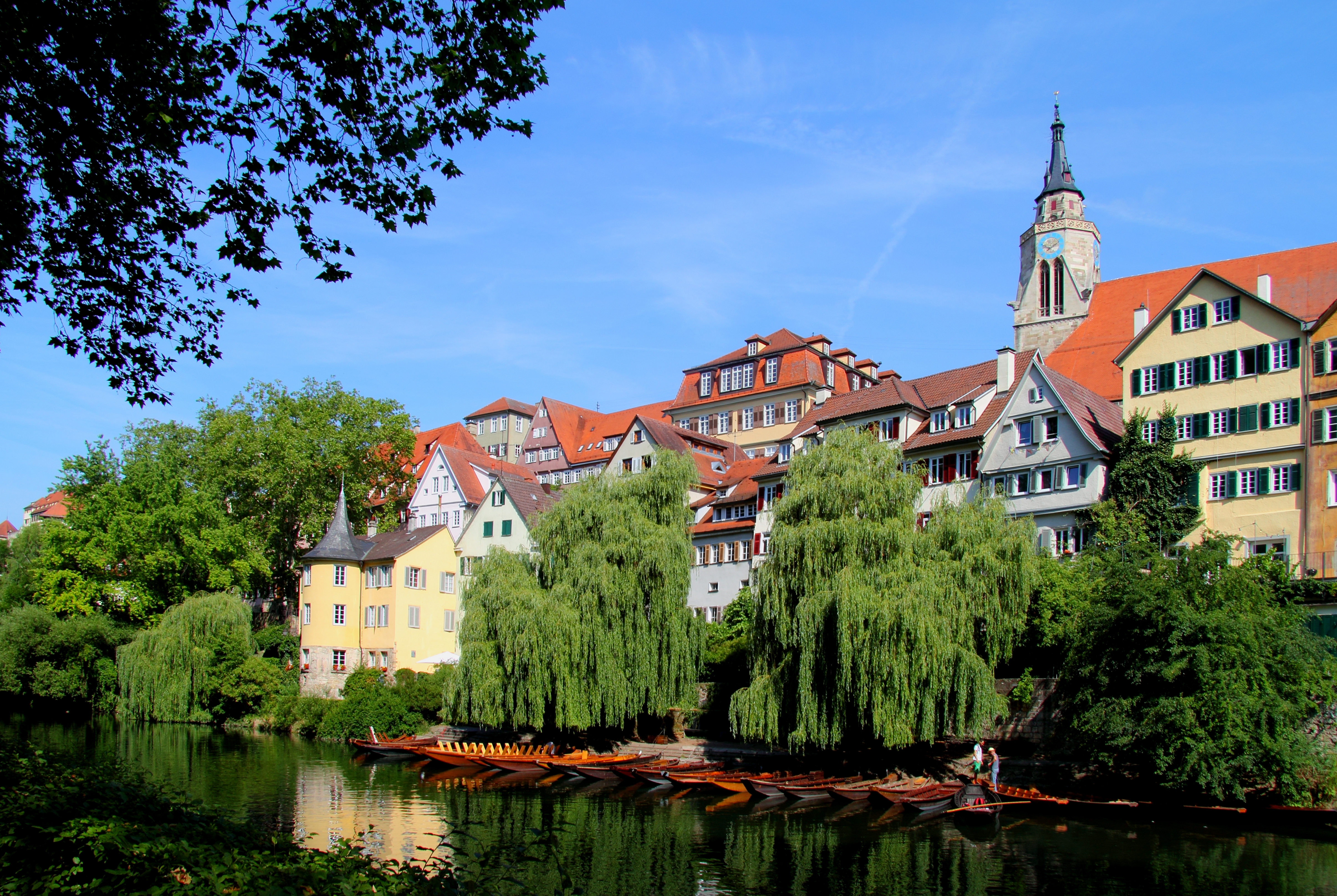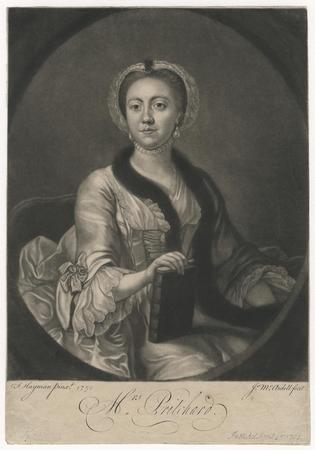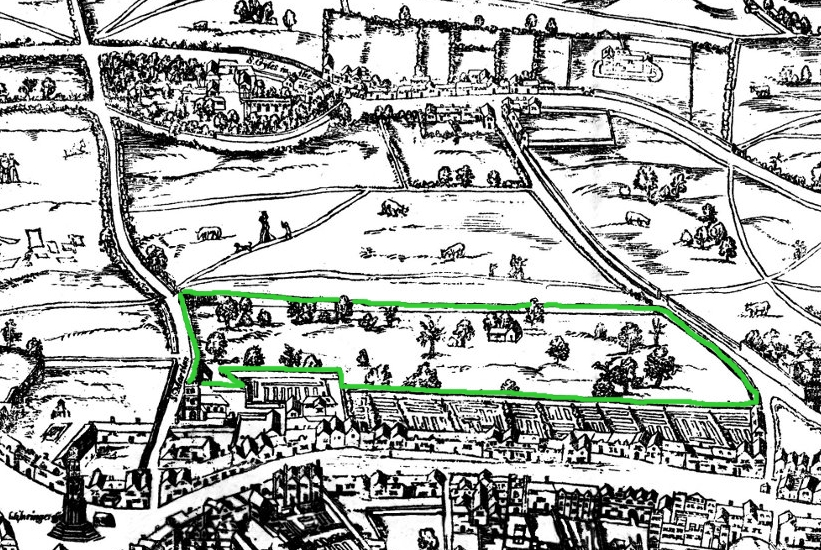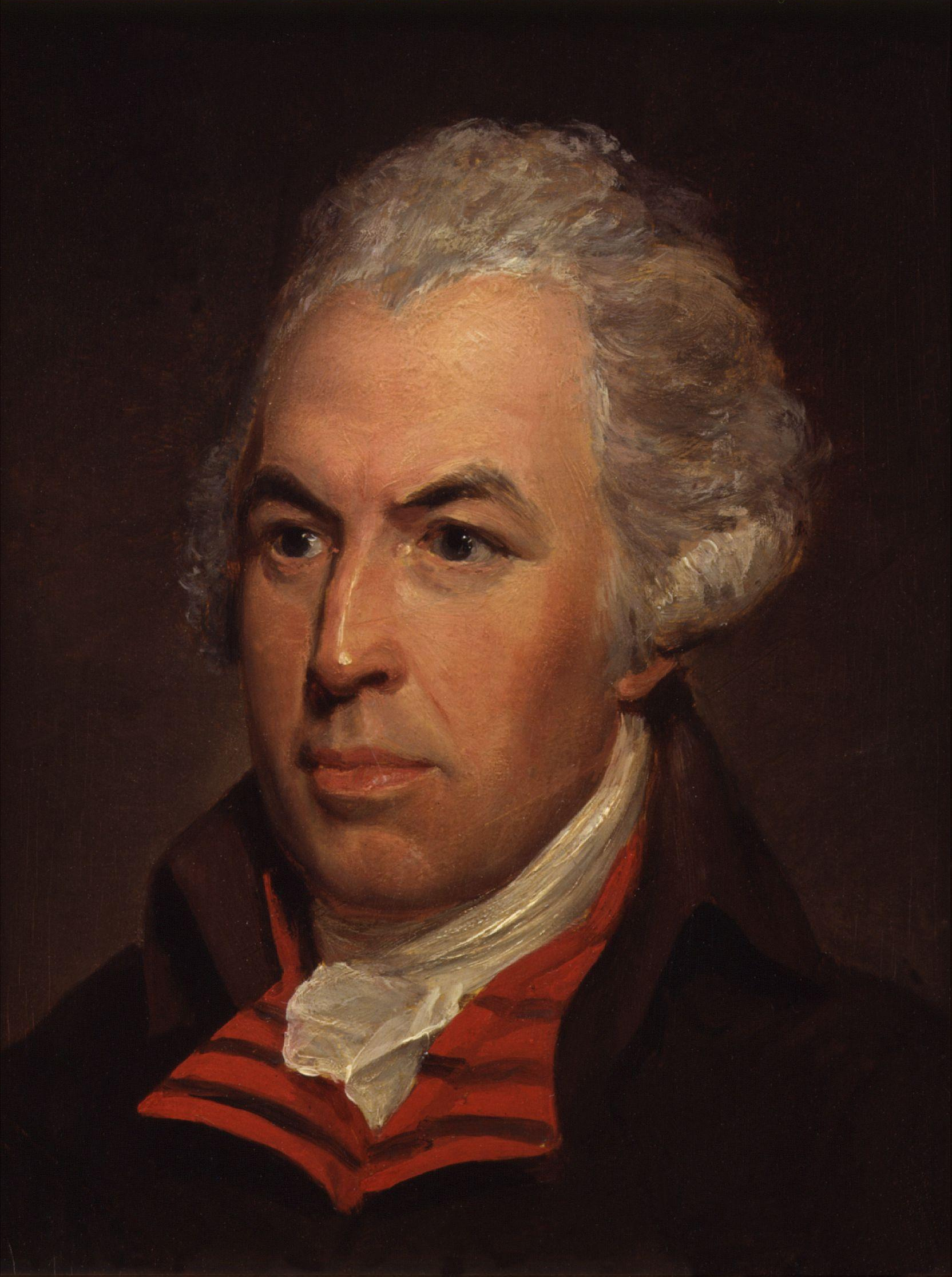|
Jeremiah Meyer
Jeremiah Meyer (born ''Jeremias Majer''; 18 January 1735 – 20 January 1789) was an 18th-century English miniature painter. He was Painter in Miniatures to Queen Charlotte, Painter in Enamels to King George III and was one of the founder members of the Royal Academy. Early life and education Meyer was born in Tübingen as a son of the German painter Wolfgang Dietrich Majer. In about 1750 he was brought to England by his father, though sources disagree on date and age. In 1757–8, Meyer studied enamel painting with Christian Friedrich Zincke, paying £400 for tuition and materials. His style was influenced by attention to detail of the work of Joshua Reynolds. Career Meyer's background as an enamel painter contrasted with the training of contemporary English miniaturists such as Samuel Finney and Gervase Spencer. These initially worked in watercolour on ivory and only turned later to enamels as the popularity of enamelists like Zincke's work grew. He may have spent time ... [...More Info...] [...Related Items...] OR: [Wikipedia] [Google] [Baidu] |
Tübingen
Tübingen (, , Swabian: ''Dibenga'') is a traditional university city in central Baden-Württemberg, Germany. It is situated south of the state capital, Stuttgart, and developed on both sides of the Neckar and Ammer rivers. about one in three of the 90,000 people living in Tübingen is a student. As of the 2018/2019 winter semester, 27,665 students attend the Eberhard Karls University of Tübingen. The city has the lowest median age in Germany, in part due to its status as a university city. As of December 31, 2015, the average age of a citizen of Tübingen is 39.1 years. The city is known for its veganism and environmentalism. Immediately north of the city lies the Schönbuch, a densely wooded nature park. The Swabian Alb mountains rise about (beeline Tübingen City to Roßberg - 869 m) to the southeast of Tübingen. The Ammer and Steinlach rivers are tributaries of the Neckar river, which flows in an easterly direction through the city, just south of the medieval old t ... [...More Info...] [...Related Items...] OR: [Wikipedia] [Google] [Baidu] |
James MacArdell
James MacArdell (1729?–1765) was an Irish mezzotinter. Life He was born in Cow Lane (later Greek Street), Dublin, around 1729. He learnt mezzotint-engraving from John Brooks. When Brooks moved to London in 1746, MacArdell and other pupils followed him. He opened a print shop at the Golden Head in Covent Garden, where in 1753 he published six views of Dublin. MacArdell died on 2 June 1765, in his fifty-seventh year, and was buried in the churchyard at Hampstead, where a stone bore an inscription to his memory. Works His earliest work appears to be a head of Archbishop Hugh Boulter in an engraving, altered from one by Brooks of Bishop Robert Howard. A head of Dr. Birch is stated to have been done by MacArdell in London. A portrait of Bishop Thomas Secker, engraved by MacArdell, was published in London in 1767, and also a humorous plate, entitled 'Teague's Ramble.' In 1748 he engraved a portrait of John Cartwright, after S. Elmer, and a small portrait of Charles Bancks, a Swedi ... [...More Info...] [...Related Items...] OR: [Wikipedia] [Google] [Baidu] |
1735 Births
Events January–March * January 2 – Alexander Pope's poem ''Epistle to Dr Arbuthnot'' is published in London. * January 8 – George Frideric Handel's opera ''Ariodante'' is premièred at the Royal Opera House in Covent Garden, London. * February 3 – All 256 people on board the Dutch East India Company ships '' Vliegenthart'' and ''Anna Catherina'' die when the two ships sink in a gale off of the Netherlands coast. The wreckage of ''Vliegenthart'' remains undiscovered until 1981. * February 14 – The ''Order of St. Anna'' is established in Russia, in honor of the daughter of Peter the Great. * March 10 – The Russian Empire and Persia sign the Treaty of Ganja, with Russia ceding territories in the Caucasus mountains to Persia, and the two rivals forming a defensive alliance against the Ottoman Empire. * March 11 – Abraham Patras becomes the Governor-General of the Dutch East Indies (now Indonesia) upon the death of Dirck van Cloon. ... [...More Info...] [...Related Items...] OR: [Wikipedia] [Google] [Baidu] |
Thomas Gainsborough
Thomas Gainsborough (14 May 1727 (baptised) – 2 August 1788) was an English portrait and landscape painter, draughtsman, and printmaker. Along with his rival Sir Joshua Reynolds, he is considered one of the most important British artists of the second half of the 18th century. He painted quickly, and the works of his maturity are characterised by a light palette and easy strokes. Despite being a prolific portrait painter, Gainsborough gained greater satisfaction from his landscapes. He is credited (with Richard Wilson) as the originator of the 18th-century British landscape school. Gainsborough was a founding member of the Royal Academy. Youth and training He was born in Sudbury, Suffolk, the youngest son of John Gainsborough, a weaver and maker of woollen goods, and his wife Mary, the sister of the Reverend Humphry Burroughs. One of Gainsborough's brothers, Humphrey, had a faculty for mechanics and was said to have invented the method of condensing steam in a separate ve ... [...More Info...] [...Related Items...] OR: [Wikipedia] [Google] [Baidu] |
Kew Gardens
Kew Gardens is a botanical garden, botanic garden in southwest London that houses the "largest and most diverse botany, botanical and mycology, mycological collections in the world". Founded in 1840, from the exotic garden at Kew Park, its living collections include some of the 27,000 taxa curated by Royal Botanic Gardens, Kew, while the herbarium, one of the largest in the world, has over preserved plant and fungal specimens. The library contains more than 750,000 volumes, and the illustrations collection contains more than 175,000 prints and drawings of plants. It is one of London's top tourist attractions and is a World Heritage Sites, World Heritage Site. Kew Gardens, together with the botanic gardens at Wakehurst Place, Wakehurst in Sussex, are managed by the Royal Botanic Gardens, Kew, an internationally important botany, botanical research and education institution that employs over 1,100 staff and is a non-departmental public body sponsored by the Department for Envir ... [...More Info...] [...Related Items...] OR: [Wikipedia] [Google] [Baidu] |
Herbarium
A herbarium (plural: herbaria) is a collection of preserved plant specimens and associated data used for scientific study. The specimens may be whole plants or plant parts; these will usually be in dried form mounted on a sheet of paper (called ''exsiccatum'', plur. ''exsiccata'') but, depending upon the material, may also be stored in boxes or kept in alcohol or other preservative. The specimens in a herbarium are often used as reference material in describing plant taxa; some specimens may be types. The same term is often used in mycology to describe an equivalent collection of preserved fungi, otherwise known as a fungarium. A xylarium is a herbarium specialising in specimens of wood. The term hortorium (as in the Liberty Hyde Bailey Hortorium) has occasionally been applied to a herbarium specialising in preserving material of horticultural origin. History The making of herbaria is an ancient phenomenon, at least six centuries old, although the techniques have changed l ... [...More Info...] [...Related Items...] OR: [Wikipedia] [Google] [Baidu] |
Listed Building
In the United Kingdom, a listed building or listed structure is one that has been placed on one of the four statutory lists maintained by Historic England in England, Historic Environment Scotland in Scotland, in Wales, and the Northern Ireland Environment Agency in Northern Ireland. The term has also been used in the Republic of Ireland, where buildings are protected under the Planning and Development Act 2000. The statutory term in Ireland is " protected structure". A listed building may not be demolished, extended, or altered without special permission from the local planning authority, which typically consults the relevant central government agency, particularly for significant alterations to the more notable listed buildings. In England and Wales, a national amenity society must be notified of any work to a listed building which involves any element of demolition. Exemption from secular listed building control is provided for some buildings in current use for worship, ... [...More Info...] [...Related Items...] OR: [Wikipedia] [Google] [Baidu] |
Kew Green
Kew Green is a large open space in Kew in west London. Owned by the Crown Estate, it is leased to the London Borough of Richmond upon Thames. It is roughly triangular in shape, and its open grassland, framed with broadleaf trees, extends to about thirty acres. Kew Green is overlooked by a mixture of period townhouses, historic buildings and commercial establishments. In the 1730s, Kew Green was a venue for cricket matches. History and description Most of the older houses in Kew are built round the Green and along the eastern side of the Kew Road looking towards Kew Gardens. The Green itself is a big triangular space. It is mentioned in a Parliamentary Survey of Richmond taken in 1649, and is there described as 'a piece of common or uninclosed ground called Kew Green, lying within the Township of Kew, conteyning about 20 acres.' An 18th-century view, taken from a meadow to the east, shows Kew Bridge on the right, a small irregular lake with an island to the left. A road led to the ... [...More Info...] [...Related Items...] OR: [Wikipedia] [Google] [Baidu] |
Covent Garden
Covent Garden is a district in London, on the eastern fringes of the West End, between St Martin's Lane and Drury Lane. It is associated with the former fruit-and-vegetable market in the central square, now a popular shopping and tourist site, and with the Royal Opera House, itself known as "Covent Garden". The district is divided by the main thoroughfare of Long Acre, north of which is given over to independent shops centred on Neal's Yard and Seven Dials, while the south contains the central square with its street performers and most of the historical buildings, theatres and entertainment facilities, including the London Transport Museum and the Theatre Royal, Drury Lane. The area was fields until briefly settled in the 7th century when it became the heart of the Anglo-Saxon trading town of Lundenwic, then abandoned at the end of the 9th century after which it returned to fields. By 1200 part of it had been walled off by the Abbot of Westminster Abbey for use as arable l ... [...More Info...] [...Related Items...] OR: [Wikipedia] [Google] [Baidu] |
Pistole
Pistole is the French name given to a Spanish gold coin in use from 1537; it was a doubloon or double escudo, the gold unit. The name was also given to the Louis d'Or of Louis XIII of France, and to other European gold coins of about the value of the Spanish coin. One pistole was worth approximately ten livres or three écus, but higher figures are also seen. The derivation is uncertain; the term may come from the Czech ''píšťala'' ("whistle", a term for a hand cannon), or from the Italian town of Pistoia; either way, it was originally spelled ''pistolet'' and originated in military slang, and probably has the same root as pistol. A small number of gold pistoles and double pistoles were minted in Ireland in 1646, during the Irish Confederate Wars and the reign of Charles I. James Butler, 1st Duke of Ormond authorised the issue in order to prevent troop defections, as there was a shortage of silver coins for paying soldiers. The coins had an approximate value of 13 shillings ... [...More Info...] [...Related Items...] OR: [Wikipedia] [Google] [Baidu] |
William Hayley
William Hayley (9 November 174512 November 1820) was an English writer, best known as the biographer of his friend William Cowper. Biography Born at Chichester, he was sent to Eton College, Eton in 1757, and to Trinity Hall, Cambridge, in 1762; his connection with the Middle Temple, London, where he was admitted in 1766, was merely nominal. In 1767 he left Cambridge and went to live in London. His private means enabled Hayley to live on his patrimonial estate at Eartham, Sussex, and he retired there in 1774. The location of this house in Eartham is now occupied by the Great Ballard School. So great was Hayley's fame that on Thomas Warton's death in 1790 he was offered the Poet Laureate, laureateship, which he refused. In 1792, while writing the ''Life'' of John Milton, Milton, Hayley made Cowper's acquaintance. A warm friendship sprang up between the two which lasted till Cowper's death in 1800. Hayley indeed was mainly instrumental in getting Cowper his pension. In 1800 Hayle ... [...More Info...] [...Related Items...] OR: [Wikipedia] [Google] [Baidu] |




.jpg)






